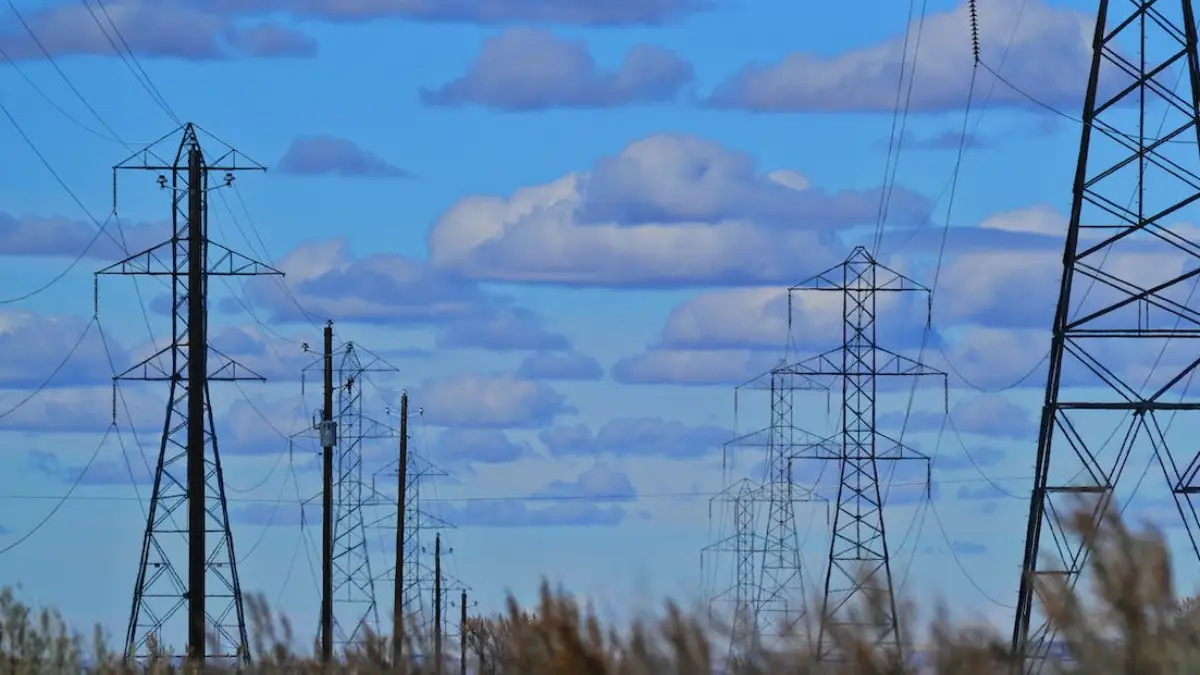NASA’s Parker Solar Probe encounters powerful solar eruptions, offering valuable insights into potential global blackout-causing events.
In an extraordinary event, NASA’s Parker Solar Probe, humanity’s closest spacecraft to the Sun, recently encountered a massive solar flare. This unprecedented incident sheds light on the formidable eruptions capable of triggering continent-spanning blackouts. Following are the main conclusions and recommendations:
Probing the Sun’s Fury
- NASA’s Parker Solar Probe, the fastest human-made object ever and the first to “touch” the Sun, ventured into a potent solar explosion known as a coronal mass ejection (CME).
- The probe initially detected the CME from a distance before manoeuvring along its periphery, penetrating its core, and ultimately emerging on the other side. These remarkable observations are detailed in a recent study published in The Astrophysical Journal.
- Remarkably, the probe approached as close as 9.2 million kilometers (5.7 million miles) to the solar surface, a proximity exceeding that of Mercury’s closest approach to the Sun.
The Potential for Catastrophe
- Solar eruptions propel billions of tonnes of charged particles at speeds ranging from 100 to 3,000 kilometers per second (60 to 1,900 miles per second).
- When directed towards Earth, these eruptions can disrupt the planet’s magnetic field, create stunning auroras, and wreak havoc on satellite electronics and terrestrial power grids if sufficiently intense.
- Dr. Nour Raouafi, Parker project scientist at Johns Hopkins University, warns of the colossal damage potential of such large and rapid CMEs.
Unprecedented Observations
- The research, published a year after the probe’s encounter with the massive solar storm, unveiled a two-day observation period that offered an unparalleled view of these celestial events.
- As the probe passed through the CME’s shockwave, its suite of instruments recorded particles accelerating up to 1,350 kilometers (840 miles) per second.
- Had such a flare been Earth-directed, it might have rivalled the Carrington Event of 1859, the most powerful solar storm recorded, with the potential to disable communication systems and trigger continent-wide blackouts.
The Parker Probe’s Resilience
- The Parker Probe, equipped with a heat shield and radiators, remained unaffected by the solar eruption. Its thermal protection system ensured temperature stability throughout the encounter.
- Scientists are now piecing together the event’s details by comparing measurements collected within the CME to those taken outside.
What Lies Ahead
- Researchers anticipate that the Parker Probe will observe more massive CMEs as the Sun approaches its solar maximum, expected in 2025.
- The spacecraft’s next solar flyby is scheduled for September 27, 2023, promising further groundbreaking insights into our Sun’s volatile behaviour.









